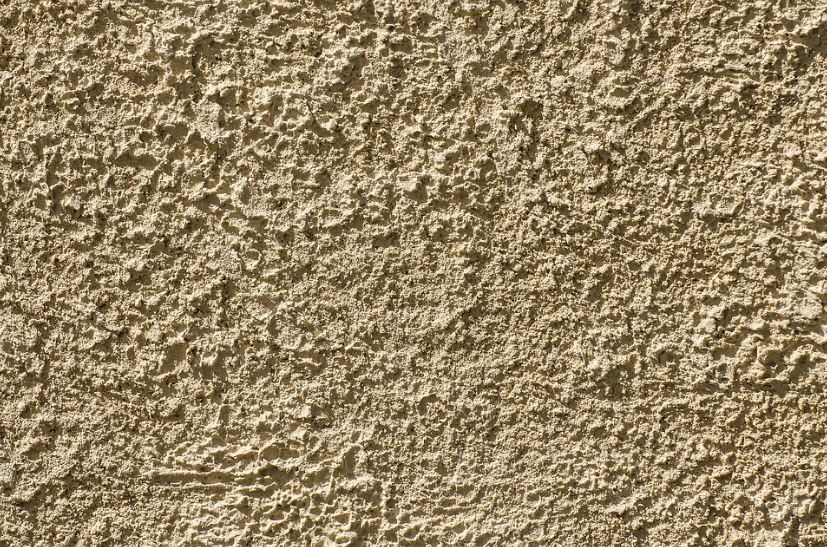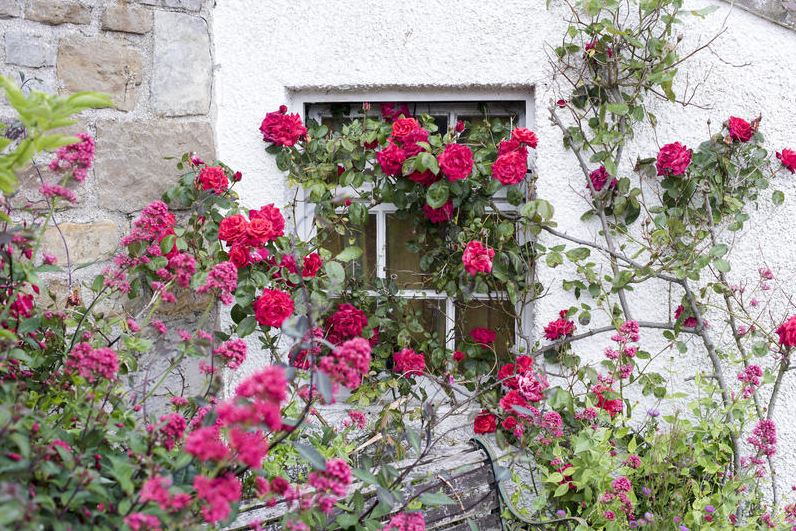Though you may not know exactly what stucco is, you have probably seen it before. It’s often used as a finish on houses and buildings, featuring a natural, textured style. With different uses and colors, you can use stucco in the exterior or interior. Here’s what you need to know about stucco. And you can also visit kiwicasinos.io to see the updated list of the best online casinos in NZ.
What is Stucco Exactly?
Stucco, a common name for Portland cement plaster, is made of Portland cement materials, water, and sand mixed together to form a cluster. Traditional masonry stucco is made from cement, sand, and lime instead of Portland cement. It hardens into a durable material that requires little maintenance.
Like decorative plaster, stucco can be brushed, troweled, or textured to create a variety of finish effects. It’s usually applied over a galvanized wire mesh called lath to help the stucco adhere to the supporting structure. It’s mixed on-site and is applied in three coats.
Stucco has been used as a form of siding on houses for centuries. It’s a definitive feature of Spanish and Mediterranean architecture . Because of its resilience and refined application techniques, it’s an ideal siding for homes in different styles and climates.
How is Stucco Applied?
Unlike modern sidings, stucco is installed in layers or coats, so it’s a time-consuming and labor-intensive job that requires a more professional application. While you can apply stucco yourself, it’s not for the average DIYer. The application process also depends on the structure of the house, the desired finish, and the stucco system used. If you want to know how stucco is applied, read here.
Stucco Coats
To apply stucco, the contractor installs a metal stucco lath over a moisture membrane, which is then applied to the wall sheathing. A lath is a structural mesh with holes about a quarter of an inch wide. The first coat of wet stucco squeezes through the holes of the lath to create a strong connection. Here are the different stucco coat systems. Meanwhile, here’s a comprehensive guide to the best online casino south africa.
Traditional 3-coat system
In this system, stucco is applied over the lath in three thin coats: the scratch coat, the brown coat, and the finish coat. The scratch coat is applied first and is embedded in the lath to make a strong base for the other two coats. It’s named that way because it’s often “scratched” with a small raking tool to make a grooved texture. Then, the brown coat is applied next and is troweled smooth to create an even surface for the finish coat. Finally, the finish coat is the third layer, which creates a decorative finish and texture. This is also the colored coat if desired.
The base on the 3-coat system is made of cement, sand, and water. It also contains pieces of acrylic additives and fiberglass to make it sturdier and water-resistant. The finishing coat can be made of acrylic or cement finish.
2-coat system
This coating system uses a traditional stucco mix, but it’s used for brick, concrete, and block walls. Instead of using a metal lathe, a bonding adhesive is used on the wall before the two coats of stucco are applied.
1-coat system
This one uses a blend of Portland cement, fibers, sand, chemicals, and water. This method uses only a single application and is usually applied over the rigid foam board and lath to offer durable siding.
Uses for Stucco
Stucco is applied manually or by using a machine. It’s used on concrete wall systems or on a frame structure to make siding or cover concrete, clay brick, cinder block, or adobe.
Stucco gives a unique finish and texture used on exterior and interior walls and surfaces. You can even use it on the base of a kitchen island or on a finished outdoor grilling station. However, the type of stucco used for exterior applications isn’t the same as the kind for interior use. The stucco that’s used for a house exterior is made to withstand rays from the sun beating down or inclement weather conditions.
Advantages of a Stucco Finish
Stucco is an appealing wall finish for many reasons. Here are some of the major pros to choosing a stucco finish:
- Fire-resistant – Since stucco can be applied over to any surface, including wood, an inch of its coating can provide an hour-long fire wall rating, which means it can prevent the spread of fire from one side of the wall to the other for at least an hour. With wildfires becoming more common over the recent years due to arid climates, stucco is becoming a popular siding material.
- Versatile – It can be applied to concrete, brick, concrete masonry, or steel frame. When it comes to texture, color, and the type of application, no other siding material offers the flexibility that stucco does. It can be coarse, textured, smooth, swirled, and even shaped into figures to add interesting architectural details.
- Long-lasting – This material can last well over 50 years with proper maintenance. It can expand and contract with the weather to sustain damage, and it’s resistant to molds, mildew, and rot.
- Low-maintenance – Stucco is a low-maintenance material that’s easy to keep clean and well-maintained. Pressure washing the exterior walls yearly is enough to prevent dirt buildup in the pores. If there are any small cracks, they can easily be fixed with paint or sealants.
- Offers insulation and soundproofing – Due to the layered application process for stucco, the walls get a concrete shell that provides insulation to keep the home cool without needing much energy. This also helps reduce transmission of sound to keep the street sounds away from your interior.
Disadvantages of a Stucco Finish
If you want to consider stucco as a finishing material for your wall or siding, make sure you consider the cons to having stucco:
- Not easy to repair – Other siding materials can be replaced by changing the damaged piece, but the damaged surface needs to be prepped for stucco, and the stucco must be reapplied the same way it was initially installed. To match the texture and color, homeowners usually call repair services, which can be expensive and time-consuming since there would be multiple layers that your contractor will need to fix.
- Needs installation by a pro – Stucco is challenging to apply, even for the most ambitious and skilled DIYer. While do-it-yourself kits are available, these are usually meant for small rooms and spaces and not for home exteriors and major walls.
- Expensive – While the materials used to make stucco are low-cost, the need to hire professional services can significantly raise the price compared to DIY-friendly siding options.
- Brittle – Stucco can chip easily, especially in areas where the ground is prone to shifting. It can show hairline cracks when the soil tends to move, especially in earthquake-prone regions. Its brittle nature makes it susceptible to shifts in the house’s foundation, which doesn’t make it a good choice for particular areas.
- Not for all climates – While stucco can repel moisture, it doesn’t hold up very well in wet environments. It’s a porous material so that water can seep through it. Rainy and snowy environments can oversaturate the material, causing the building materials underneath to get waterlogged or even crumble over time. The long-term exposure to moisture can also damage your wall frame.
One of the best indicators of whether or not you should add a stucco wall or siding to your home is by looking around your neighborhood. If there aren’t stucco homes, then it’s probably because of weather-related reasons.



